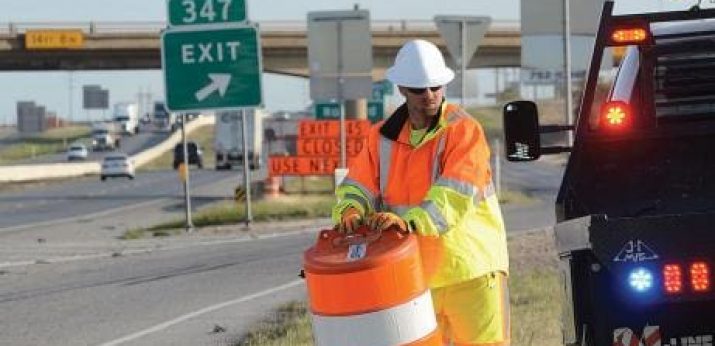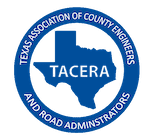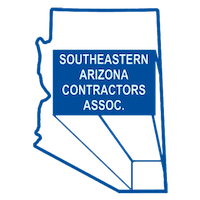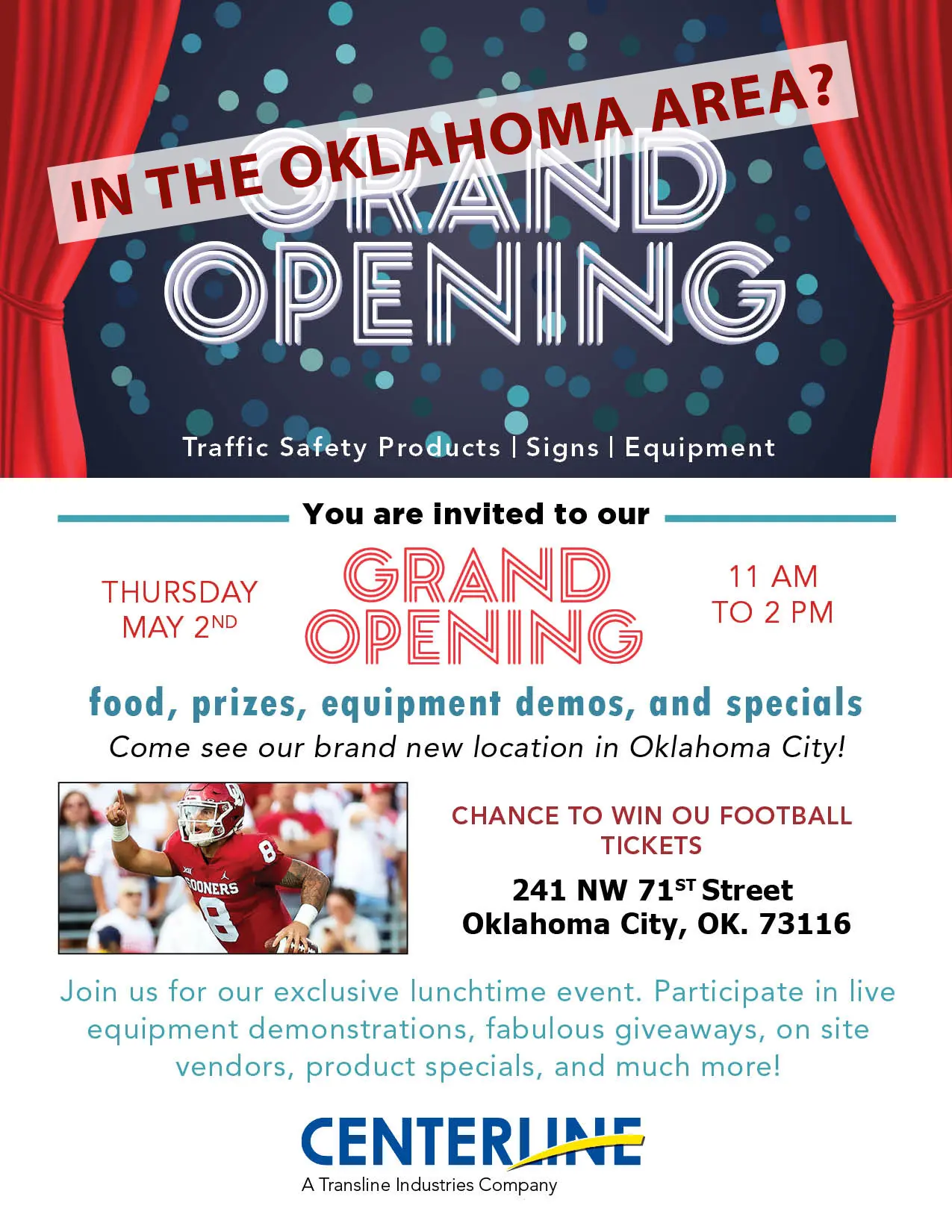ITS in work zones continues to grow
Intelligent transportation systems, or ITS. It’s been around for years, but only recently has it seen an upward surge in life-saving applications all over the country. There’s still not much that can be done to warn a motorist of a crossing jackrabbit on a desert highway, but technology does exist today that can inform the motorist when he or she is approaching a hazard or a flagger, or when there is a backup of vehicles ahead that is merging down to one lane into a work zone.
The beauty of these unattended systems is they’re providing motorists with vital information automatically, in real-time with no help from a human operator. It’s information based on vehicles present—or not present. No vehicles = no message. If a queue is developing, everyone approaching will know it by a warning flash on a portable message sign. As a result, motorists take the necessary precautions to proceed slowly, or slow to a safe stop.
ITS systems have shown they can reduce or completely eliminate rear-end collisions by reducing queuing, congestion and confusion by giving motorists information far upstream, away from the actual work. More advanced systems also can give motorists travel times to the minute and other information, which undoubtedly relieves frustration and uncertainty when traveling. They can even inform motorists to take an alternate ramp or route when there’s trouble or a delay ahead.
SYSTEMIC APPLICATION
In terms of performance measures, the Federal Highway Administration’s (FHWA) website reports that state transportation officials have developed numerous methods to measure and monitor work-zone performance, and also have implemented web-based resources to inform the public about the performance of roadway projects and the transportation system as a whole. Several examples are posted on their website.
The FHWA Work Zone Mobility and Safety Program contains a checklist of five possible factors for assessing the feasibility of work-zone ITS. A score of 30 or greater on the checklist means, “ITS is likely to provide significant benefits relative to costs for procurement.” Federal funding for ITS projects also may be available through the FHWA’s State Transportation Innovation Councils (STIC) Incentive Program or through Accelerated Innovation Deployment grants under FHWA’s Every Day Counts program.
Fixed or more permanent ITS systems also are in place at many locations across the country, saving lives and routinely helping to ease congestion and speed mobility through troubled areas.
There is a system which uses a variety of devices that provide road conditions far enough “upstream” in the work zone to allow motorists to take action or make alternative travel decisions if the delay is going to be significant.
The system utilizes multiple sensors that capture, by individual lane, vehicle speeds, volumes and classifications, then compile all of that information into a package that informs motorists of hazards or delays that lie ahead on the roadway.
The system also can be deployed in small, short-term temporary projects, or installed as part of large permanent system in places such as Boston’s busy roadway and tunnel system.
A portable radar sensor is mounted on portable sign stands, utilizes software that analyzes traffic data and provides real-time information to the motoring public, DOT project managers, agencies, traffic management centers and public websites.
The roadway safety industry has permanent or portable ITS systems that do so much, save so many lives, prevent collisions and now have the data to support their success. So one might ask, “Why isn’t ITS everywhere?”
Thanks in large part to TTI’s recent report, and to the proven success of existing ITS applications across the country, if it hasn’t happened already, hopefully ITS will be coming soon to a roadway near you.
The beauty of these unattended systems is they’re providing motorists with vital information automatically, in real-time with no help from a human operator. It’s information based on vehicles present—or not present. No vehicles = no message. If a queue is developing, everyone approaching will know it by a warning flash on a portable message sign. As a result, motorists take the necessary precautions to proceed slowly, or slow to a safe stop.
ITS systems have shown they can reduce or completely eliminate rear-end collisions by reducing queuing, congestion and confusion by giving motorists information far upstream, away from the actual work. More advanced systems also can give motorists travel times to the minute and other information, which undoubtedly relieves frustration and uncertainty when traveling. They can even inform motorists to take an alternate ramp or route when there’s trouble or a delay ahead.
Transline stocks several Variable Message Boards. Visit the traffic sign section of our website.














